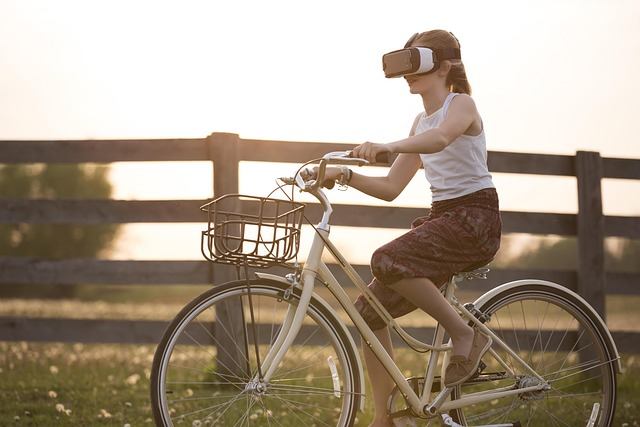As technology continues to evolve, the landscape of education is transforming in ways we never thought possible. One of the most fascinating elements of this transformation is learning in virtual space. With the advent of virtual reality (VR), augmented reality (AR), and the metaverse, students are not merely passive recipients of information; they are actively engaging with their educational environments in immersive ways.
Imagine donning a VR headset and suddenly finding yourself in the heart of ancient Rome, walking the cobblestone streets and interacting with historical figures. This is no longer the stuff of science fiction but a tangible reality that allows learners to fully immerse themselves in their subjects. Such experiences not only make learning more engaging but also lead to better retention of information, as students are able to visualize and experience concepts in ways that traditional textbooks cannot offer.
On the other hand, augmented reality enhances our perception of the real world by layering digital information onto it. This technology allows students to view complex scientific phenomena or historical events in their actual environments. Picture a biology class where students can hold a virtual skeleton in their hands, examining each bone from every angle, providing a tactile experience that deepens their understanding of human anatomy. In this way, learning in virtual space becomes a multisensory adventure, fostering curiosity and creativity.
The metaverse, a shared virtual space where users can interact with a computer-generated environment and other users, represents the next frontier in education. Researchers and educators are exploring how this digitally interconnected world can be harnessed to create collaborative learning experiences. In the metaverse, students from different corners of the globe can collaborate on projects, engage in discussions, and explore diverse perspectives—all without ever leaving their homes. This shared virtual landscape breaks down geographical barriers, making education more accessible than ever before.
However, with these exciting advancements come challenges. As we dive deeper into learning in virtual space, questions of accessibility, equity, and the role of technology in education must be addressed. Not every student has equal access to VR headsets or high-speed internet, which raises concerns about creating a more inclusive educational environment. Educators and institutions must work to ensure that all learners can reap the benefits of these innovative technologies, fostering an atmosphere where every student can thrive.
As we stand at the cusp of this educational revolution, it is clear that virtual and augmented reality, along with the metaverse, hold enormous potential for redefining how we teach and learn. Embracing these technologies means opening new doors to knowledge, creativity, and collaboration. While we navigate this uncharted territory, it’s vital to remain focused on the ultimate goal: enhancing the learning experience and preparing students for the complex, interconnected world they will inhabit in the future.



